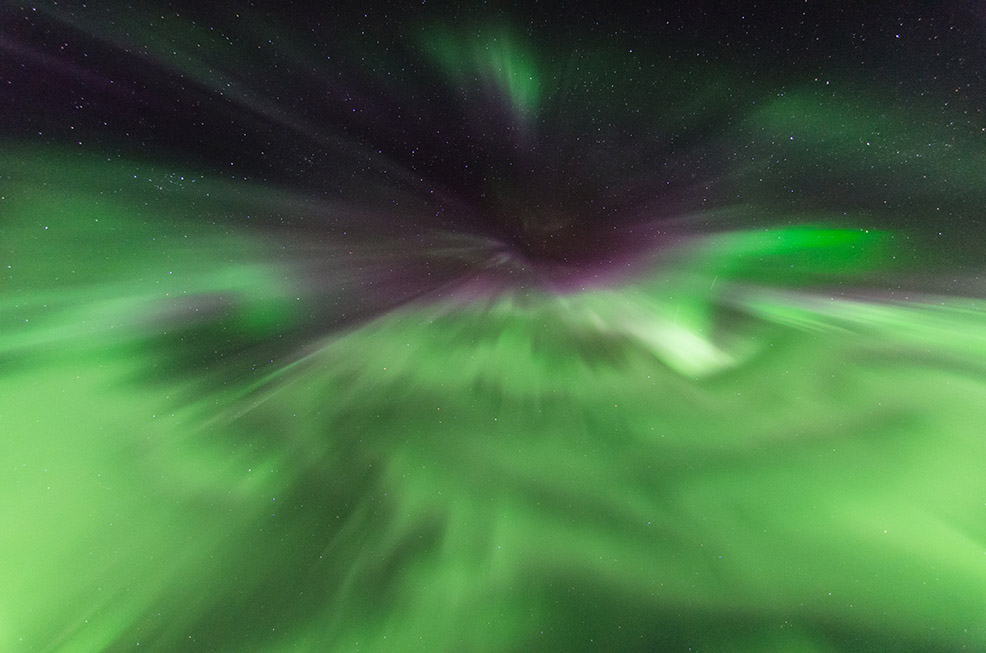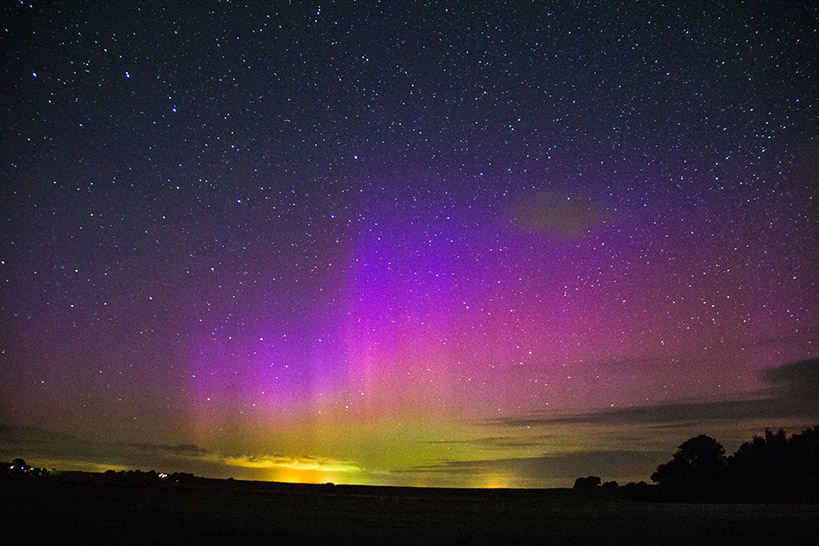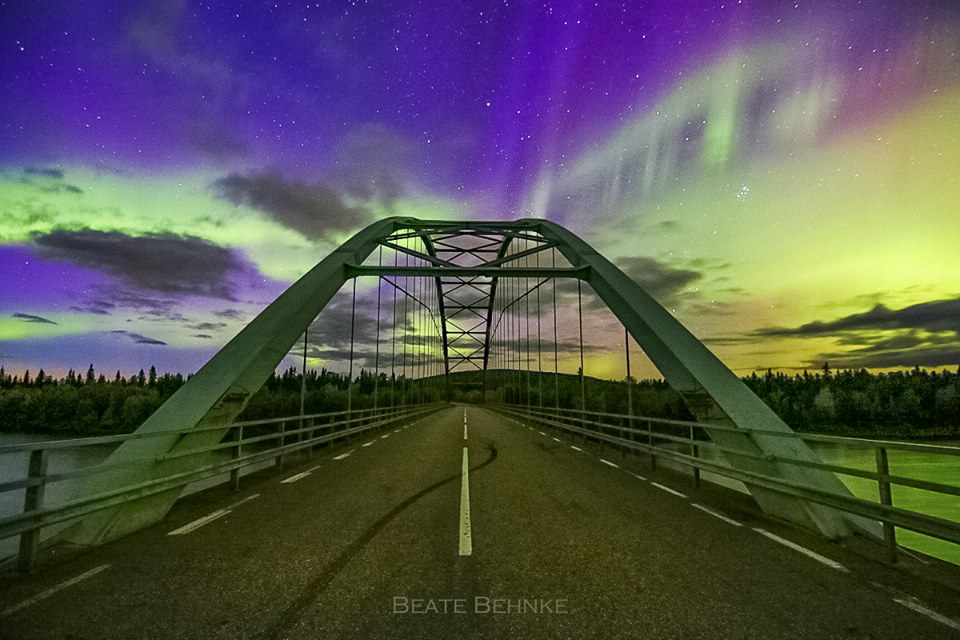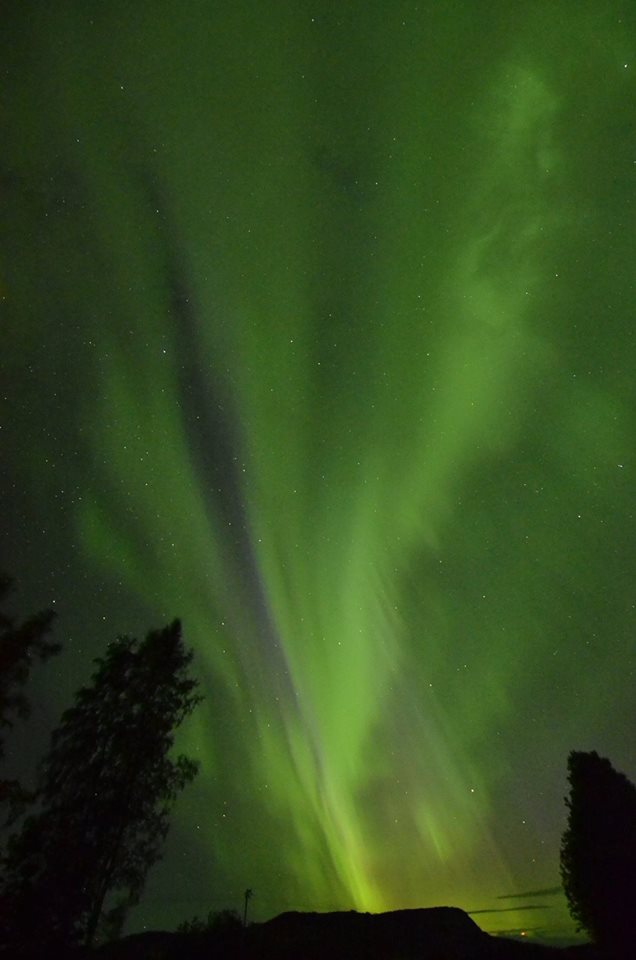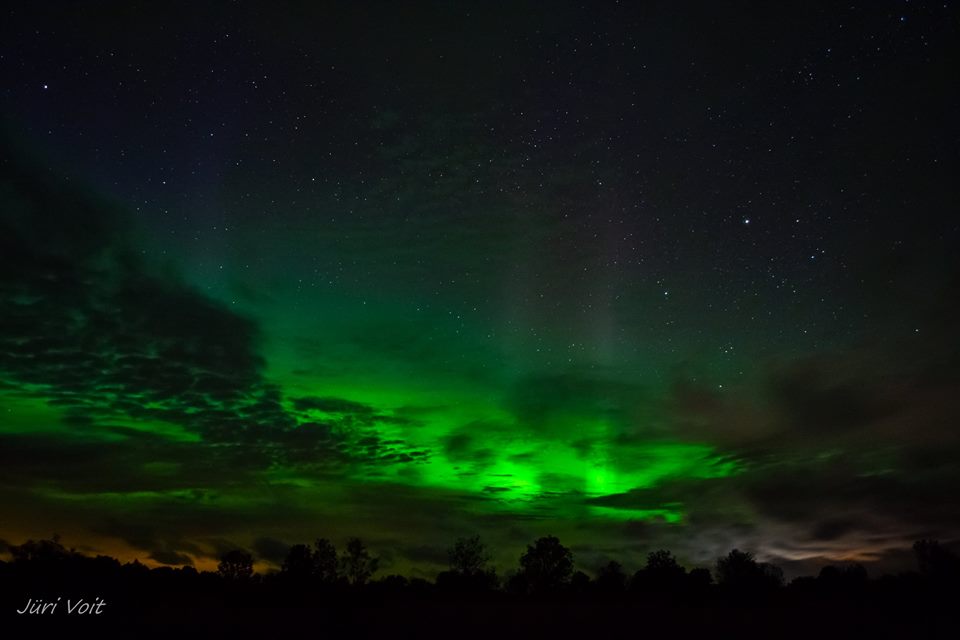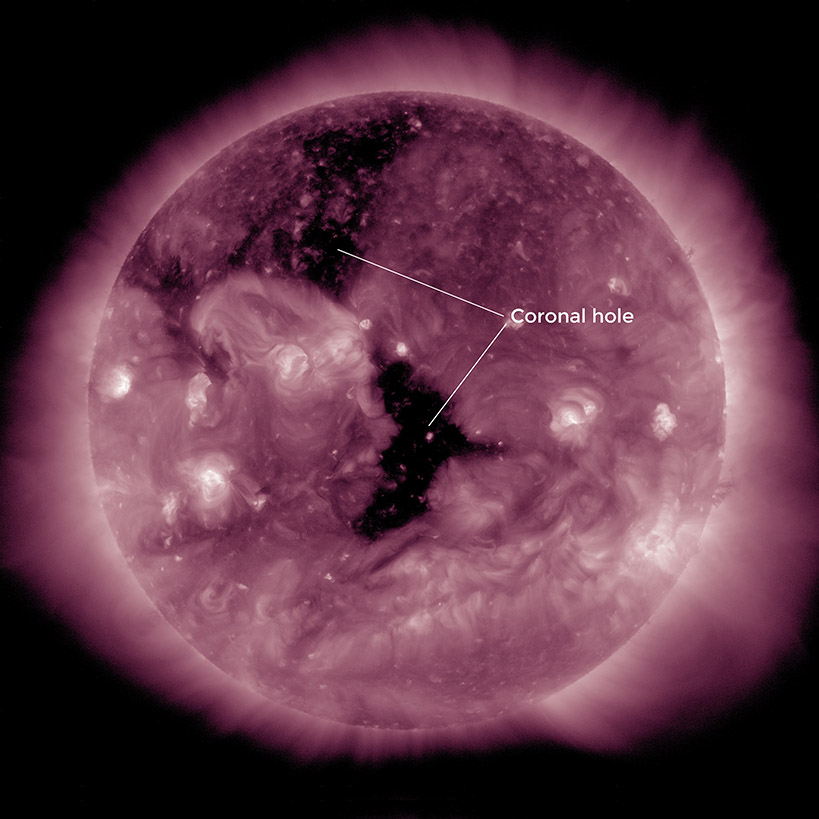G2 geomagnetic storm, northern Bz, coronal hole
Tuesday, 8 September 2015 18:33 UTC
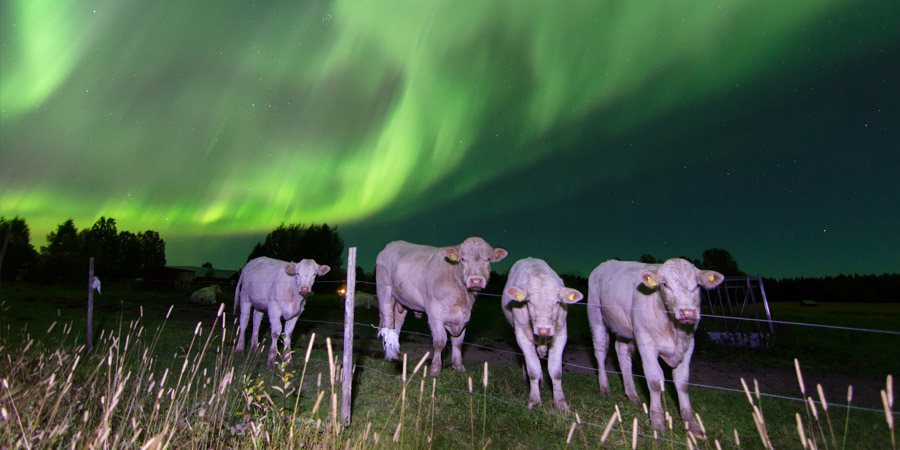
Vivid auroral displays have filled the skies at many high latitude locations during the past 24 hours and even from middle latitude locations we have heard reports of visible aurora. This was due to an unforeseen powerful coronal hole solar wind stream which sparked a moderate G2 geomagnetic storm. Keep on reading for a selection of images made during the past 24 hours.
Header image: Marcel de Bont (Skellefteå, Sweden)
Image: Marcel de Bont (Skellefteå, Sweden)
Image: Ve Or (Wiefels, Germany)
Image: Christian Hering-Junghans (Alberta, Canada)
Image: Travis Novitsky (Grand Portage State Forest, MN, USA)
Image: Mark Ferrier (Scotland)
Image: Beate Behnke (Northern Sweden)
Image: Yvonne Johannesström (Northern Sweden)
Image: Jüri Voit (Estonia)
Image: Kris Williams (Anglesey, UK)
Current conditions
The direction of the IMF (Bz) has now shifted to a northward direction, which plummeted us back to quiet geomagnetic conditions. We think this shift to a constant northward Bz might be from a weak coronal mass ejection associated with a filament eruption. Geomagnetic conditions are expected to be quiet (Kp2 or less) in the coming hours unless the Bz shifts southward again but this is unlikely.
UPDATE 00:29 UTC: The direction of the IMF (Bz) has finally shifted southwards and European magnetometers are already responding. The NOAA SWPC reported a Kp of 4 already which stands for active geomagnetic conditions. If the Bz continues to point southwards then sky watchers in northern Scotland and around the US-Canadian border should be alert for aurora near the horizon.
What can we expect the coming days
More aurora is possible in a few days as we have yet again a coronal hole in an earth-facing position. Solar wind flowing from this coronal hole could arrive on Friday and a minor G1 geomagnetic storm can be expected.
Image: A coronal hole is now facing Earth as can be seen on this image from SDO.
Thank you for reading this article! Did you have any trouble with the technical terms used in this article? Our help section is the place to be where you can find in-depth articles, a FAQ and a list with common abbreviations. Still puzzled? Just post on our forum where we will help you the best we can!
Latest news
Latest forum messages
Support SpaceWeatherLive.com!
A lot of people come to SpaceWeatherLive to follow the Sun's activity or if there is aurora to be seen, but with more traffic comes higher server costs. Consider a donation if you enjoy SpaceWeatherLive so we can keep the website online!

Space weather facts
| Last X-flare | 2025/03/28 | X1.1 |
| Last M-flare | 2025/04/22 | M1.3 |
| Last geomagnetic storm | 2025/04/21 | Kp5+ (G1) |
| Spotless days | |
|---|---|
| Last spotless day | 2022/06/08 |
| Monthly mean Sunspot Number | |
|---|---|
| March 2025 | 134.2 -20.4 |
| April 2025 | 121.5 -12.7 |
| Last 30 days | 116.5 -16.8 |
